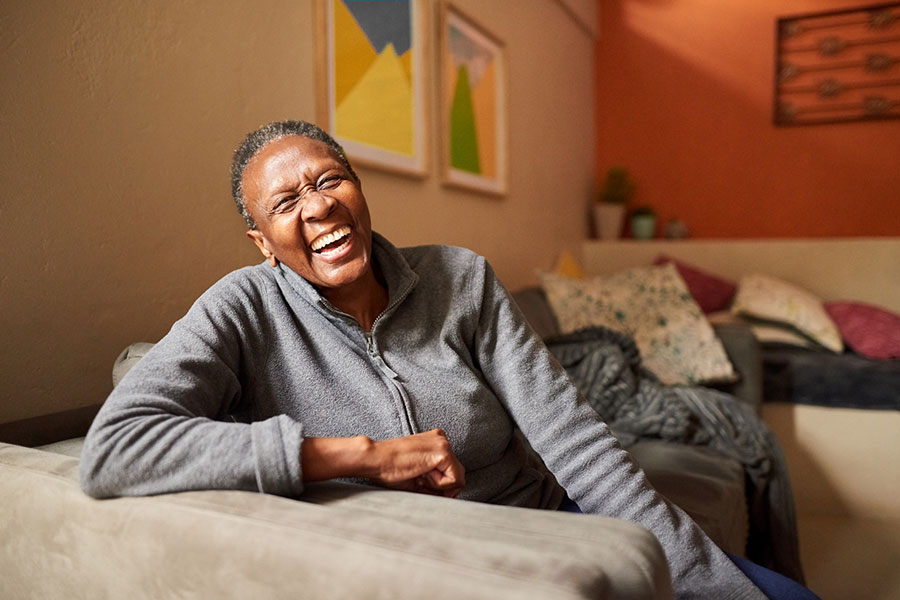Of the many ways that Alzheimer’s and dementia can affect your loved one, the ability to process visual information is one of the most common and most challenging.
As memory loss progresses, reading and comprehension often become more difficult. When combined with normal age-related vision changes, even the simplest tasks can be a struggle.

Aging and Eyesight
It’s not just memory loss that affects one’s ability to make sense of one’s surroundings. Normal aging often affects one’s eyesight, with changes in visual acuity, depth perception and peripheral vision. As a result, an older person may have trouble navigating spaces that were previously familiar to them.
Visual Cues in the Home
Research shows that visual cues can help keep people safe and oriented in their environments.
If your loved one is in the early stages of dementia, labeling items and making reminder lists are two simple ways to help them remember things. In the middle stages, research supports using a variety of visual cues to stimulate memory. Examples include:
- Turning off lights in areas you don’t want your loved one to enter. Darkness discourages people from entering.
- Hanging a photo of a toilet by the bathroom door, a photo of someone washing clothes by the laundry room door and so on.
- Using paint colors to create contrast. For instance, a white light switch on a white wall may be hard to see, but a white light switch on a blue wall is much more noticeable.
To discover more simple yet effective visual cues you can implement, download our tip sheet, Visual Cues to Help Those with Dementia.
Provide Safety and Comfort
When a loved one has dementia, adjusting to changes in their cognitive abilities is undoubtedly challenging for both of you. Being proactive in addressing their changing needs can ensure that your loved one’s home remains a source of safety and comfort.


